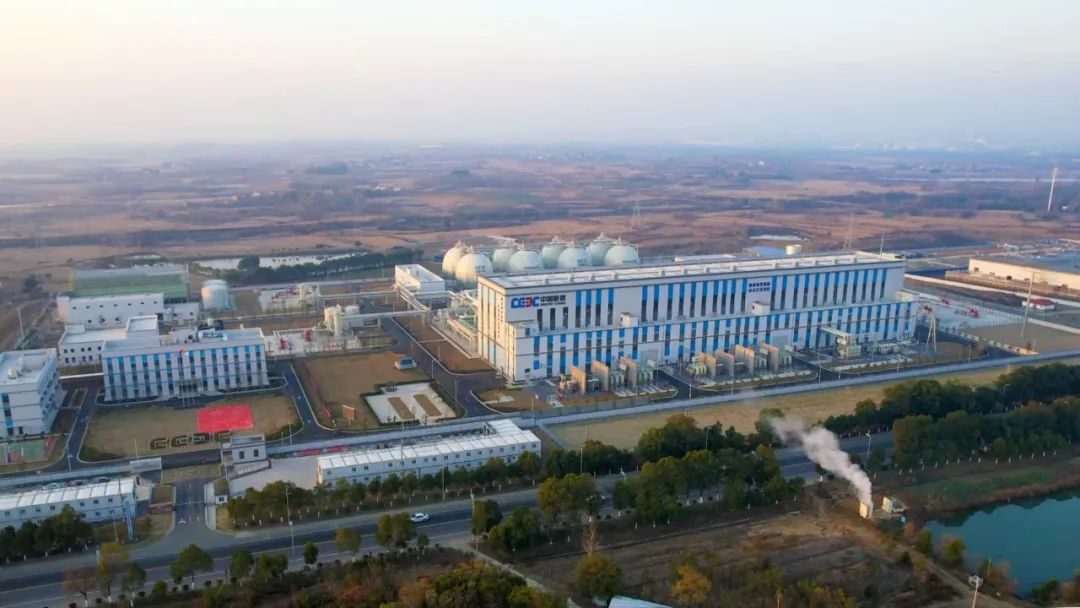Scientists from China's Northwestern Polytechnical University have used a lithium-free doping strategy to fabricate a perovskite solar cell based on a metal-free hole transport layer (HTL) made of spiro-OMeTAd that reportedly offers remarkable efficiency and stability levels.
The research team explained that spiro-OMeTAD for perovskite cell applications is usually doped with a compound known as lithium bis(trifluoromethanesulfonyl)imide (LiTFSI) to enhance hole extraction and conductivity. This kind of doping, however, requires time-intensive air-oxidization for 24 hours, which reportedly represents an obstacle to the commercial production of perovskite PV devices.
“The inadequate doping efficacy of this post-treatment process may lead to the retention of unreacted reactants and/or detrimental by-products in the doped spiro-OMeTAD layer, thereby negatively affecting the device efficiency,” the academics stressed. “Furthermore, a significant challenge that restricts their practical application is the trade-off between high efficiency and stability.”
To solve this issue, they used a salt known as Eu(TFSI) for the doping of spiro-OMeTAD, which can generate oxygen (O2) and facilitate the pre-oxidation of spiro-OMeTAd. “In stark contrast to conventional LiTFSI doping with air exposure, O2-derived spiro-OMeTAD HTLs can instantly obtain high conductivity and ideal work function without requiring post-treatments” they added.
Adopting this doping strategy, the researchers built the solar cell with a substrate made of glass and fluorine-doped tin oxide (FTO), an electron transport layer (ETL) based on titanium oxide (TIO2), a perovskite absorber, the proposed HTL doped with Eu(TFSI), and a gold (Au) metal contact.
Tested under standard illumination conditions under reverse scanning, the device achieved a power conversion efficiency of 25.45%, an open-circuit voltage of 1.210 V, a short-circuit current density of 25.41 mA cm2, and a fill factor of 82.50%. A reference LiTFSI-doped cell with the same architecture reached an efficiency of only 23.19%.
“Additionally, the O2-derived devices deliver a stabilized power output (SPO) of 25.22% for 100 s, while the SPO of LiTFSI-doped devices is just stabilized at 22.48%,” the scientists further explained, noting that the cell was also able to retain 90% of its initial efficiency after 1000 h of operation.
The device was then used to build a 6 cm x 6 cm perovskite solar module that achieved an efficiency of 20.35%. The team said that this result shows the effectiveness of the new doping strategy regardless of the size of the devices.
“In perovskite solar cells with post-oxidation-free or Li-free spiro-OMeTAD HTLs, the present O2-deriving work ranks among the highest in terms of both efficiency and stability,” the academics concluded.
The novel doping strategy and the cell architecture were described in the paper “Superoxide radical derived metal-free spiro-OMeTAD for highly stable perovskite solar cells,” published in nature communications.
This content is protected by copyright and may not be reused. If you want to cooperate with us and would like to reuse some of our content, please contact: editors@pv-magazine.com.




By submitting this form you agree to pv magazine using your data for the purposes of publishing your comment.
Your personal data will only be disclosed or otherwise transmitted to third parties for the purposes of spam filtering or if this is necessary for technical maintenance of the website. Any other transfer to third parties will not take place unless this is justified on the basis of applicable data protection regulations or if pv magazine is legally obliged to do so.
You may revoke this consent at any time with effect for the future, in which case your personal data will be deleted immediately. Otherwise, your data will be deleted if pv magazine has processed your request or the purpose of data storage is fulfilled.
Further information on data privacy can be found in our Data Protection Policy.